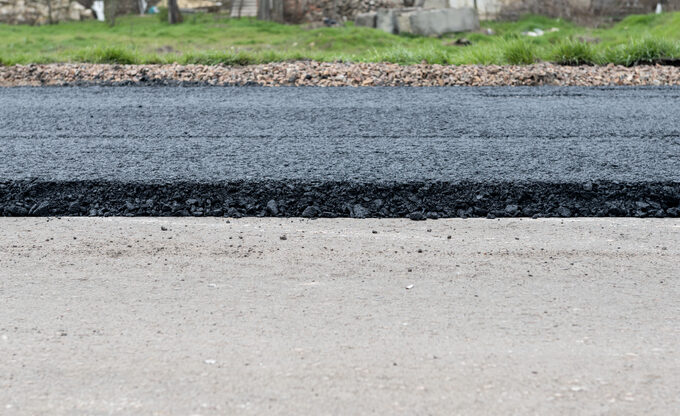
Navigating the World of Building Evaluations Before Buying
Entering the realm of real estate, especially as a potential buyer, can be a thrilling yet daunting experience. Beyond the allure of pristine lawns, aesthetic interiors, and strategic locations lies the underbelly of property purchasing—evaluating the structural integrity, safety, and overall condition of the building in question. One doesn’t merely buy a home; they invest in a future. And this investment necessitates thorough scrutiny to ensure that it’s sound, safe, and worth every penny. Let’s embark on a journey to comprehend the significance and process of building evaluations before finalizing a purchase.
Why Building Evaluations Are Non-negotiable
Imagine spending a fortune on what seems like a dream property only to discover, post-purchase, that it’s plagued with structural issues or latent defects. Nightmarish, right? This is where pre-purchase building inspections come to the rescue. Such evaluations are designed to identify potential problems, giving buyers a clear picture of what they’re getting into. Let’s delve deeper into why these inspections are non-negotiable:
Financial Prudence:
Knowing the exact condition of a building can save prospective buyers from incurring unexpected repair costs in the future. It’s always more economical to be forewarned.
Negotiation Leverage:
Armed with the insights from a building evaluation, buyers can negotiate a better deal. If the property requires certain repairs, this can be factored into the final price.
Safety Assurance:
Beyond monetary concerns, inspections ensure that the building is safe for occupancy. Structural flaws, if unnoticed, can have dire consequences.
Peace of Mind:
Lastly, an in-depth inspection provides buyers with the peace of mind that their investment is sound, paving the way for a worry-free future in their new abode.
Elements Covered in a Building Evaluation
Building inspections aren’t cursory glances but detailed examinations. Here’s what they typically encompass:
Structural Integrity:
This is the backbone of the inspection. Professionals assess the foundation, walls, roofs, and floors for any signs of damage or potential weaknesses.
Pest and Termite Inspection:
Pests, especially termites, can wreak havoc. An evaluation identifies any existing infestations and areas susceptible to future infestations.
Electrical and Plumbing Systems:
Faulty wiring or plumbing can lead to significant expenses down the line. Inspectors ensure these systems are up to code and in good working condition.
Ventilation and Insulation:
Proper ventilation and insulation are crucial for energy efficiency and preventing issues like mold growth. Evaluators assess the current state and suggest improvements if needed.
External Elements:
This includes assessing driveways, garages, fences, and other outdoor structures associated with the property.

Choosing the Right Professionals for the Job
Not all building inspectors are created equal. When choosing an expert for the task, consider the following:
Accreditation and Licensing:
Ensure that the inspector is licensed and belongs to a recognized professional body. This guarantees that they adhere to industry standards.
Experience Counts:
Opt for inspectors with a substantial amount of experience, particularly with the type of property you’re considering.
Comprehensive Reporting:
The inspector should provide a detailed report post-evaluation, highlighting issues, potential concerns, and recommendations.
Open to Questions:
A good inspector will be open to questions, clarifying any doubts you might have about the property or the evaluation process.
Post-Evaluation Steps
Once the inspection is complete and you have the report in hand, it’s essential to:
Review and Reflect:
Go through the findings carefully. Understand the immediate concerns and those that might pose problems in the future.
Seek Expert Opinions:
If the report identifies significant issues, it might be worth consulting a specialist in that area (like a structural engineer or a pest expert) for a deeper understanding.
Negotiate:
Use the insights from the evaluation to renegotiate the property price or request the seller to make necessary repairs before finalizing the deal.
Decide with Confidence:
With all the information at your disposal, make an informed decision. Whether you go ahead with the purchase, negotiate further, or look for another property, you’ll be confident in your choice.
The world of real estate, with its glitz and glamour, often overshadows the nuts and bolts of property purchasing. But as any seasoned homeowner will attest, the true value of a property isn’t just in its appearance but its integrity, safety, and longevity. Pre-purchase building inspections, thus, are not just a procedural step but an essential instrument in the symphony of home buying. They empower buyers, turning them from mere spectators to informed decision-makers. So, as you navigate this exciting journey, remember the age-old adage, “Look before you leap!” and ensure your dream home stands strong in reality as it does in your aspirations.




